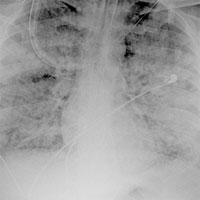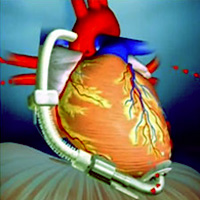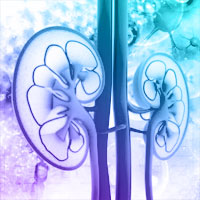Tag: therapy

The Efficacy of ECMO for Severe ARDS
The H1N1 epidemic demonstrated that extracorporeal membrane oxygenation (ECMO) use in the most critically ill patients with acute respiratory distress syndrome (ARDS) resulted in a substantial decrease in mortality. The CESAR... read more

FIRST-line Support for Assistance in Breathing in Children (FIRST-ABC)
A multicentre pilot randomised controlled trial of high-flow nasal cannula therapy versus continuous positive airway pressure in pediatric critical care. Our pilot trial confirms that, following minor changes to consent procedures... read more

The Role of Speech and Language Therapy in Critical Care
The role of speech and language therapists (SLTs) in critical care can be unclear so this article sets out the scope of practice to increase awareness of the value of SLTs as part of the wider multidisciplinary team. Speech... read more

Looking for a Better Way to Treat Hypoxia in the Emergency Department? Reach for High-Flow Nasal Cannula
High-flow nasal cannula should be considered a first-line therapy in all patients with hypoxemic respiratory failure not from cardiogenic pulmonary edema and without concomitant hypercapnia. The high flow rate of HFNC offers... read more

Comparison of Transplant Waitlist Outcomes for Pediatric Candidates Supported by Ventricular Assist Devices Versus Medical Therapy
This is a comparative study of ventricular assist devices versus medical therapy in children. Age is a significant modulator of waitlist outcomes for children with end-stage heart failure supported by ventricular assist device,... read more

Cystic Fibrosis Transmembrane Conductance Regulator Potentiation as a Therapeutic Strategy for Pulmonary Edema
Cystic fibrosis transmembrane conductance regulator potentiation by ivacaftor is a novel therapeutic approach for pulmonary edema. Ivacaftor significantly improved alveolar liquid clearance in isolated pig lung lobes ex vivo... read more

The Use of Bolus-Dose Vasopressors in the Emergency Department
While bolus-dose vasopressors are commonly used in critical care medicine and anesthesiology to treat patients with hypoperfusion, its application in emergency medicine is minimal with little penetration into daily care.... read more

Comparing Effects Between Music Intervention and Aromatherapy on Anxiety of Patients Undergoing Mechanical Ventilation in the ICU
Music and aromatherapy interventions were both effective for ICU patients. The effects of music intervention were greater than that of aromatherapy; both interventions maintained the effects for at least 30 min. The Music... read more

Empiric Antibiotics Tend To Be Prolonged in ICU
Using antibiotics in critically ill patients is very much walking a tightrope. No one wants to miss an infection in a patient who could go downhill quickly, but no one wants to overuse these precious drugs, either.... read more

Biomarkers for Prediction of RRT in AKI
Acute kidney injury (AKI) frequently occurs in critically ill patients and often precipitates use of renal replacement therapy (RRT). However, the ideal circumstances for whether and when to start RRT remain unclear. We performed... read more

Incorporating Dynamic Assessment of Fluid Responsiveness Into Goal-Directed Therapy
In adult patients admitted to intensive care who required acute volume resuscitation, goal-directed therapy guided by assessment of fluid responsiveness appears to be associated with reduced mortality, ICU length of stay,... read more

High-Flow Nasal Cannula in Critically Ill Subjects With or at Risk for Respiratory Failure
High-flow nasal cannula (HFNC) oxygen delivery has been gaining attention as an alternative means of respiratory support for critically ill patients, with recent studies suggesting equivalent outcomes when compared with other... read more
Antibiotic Therapy in Comatose Mechanically Ventilated Patients Following Aspiration
Dr. Fraser, MD, speaks with Jean Baptiste Lascarrou, MD, about the article, "Antibiotic Therapy in Comatose Mechanically Ventilated Patients Following Aspiration: Differentiating Pneumonia from Pneumonitis," published in... read more

RRT in the Critically Ill Child
Although renal replacement therapy (RRT) is widely used in critically ill children, there have been few comprehensive population-based studies of its use. This article describes renal replacement therapy use, and associated... read more




